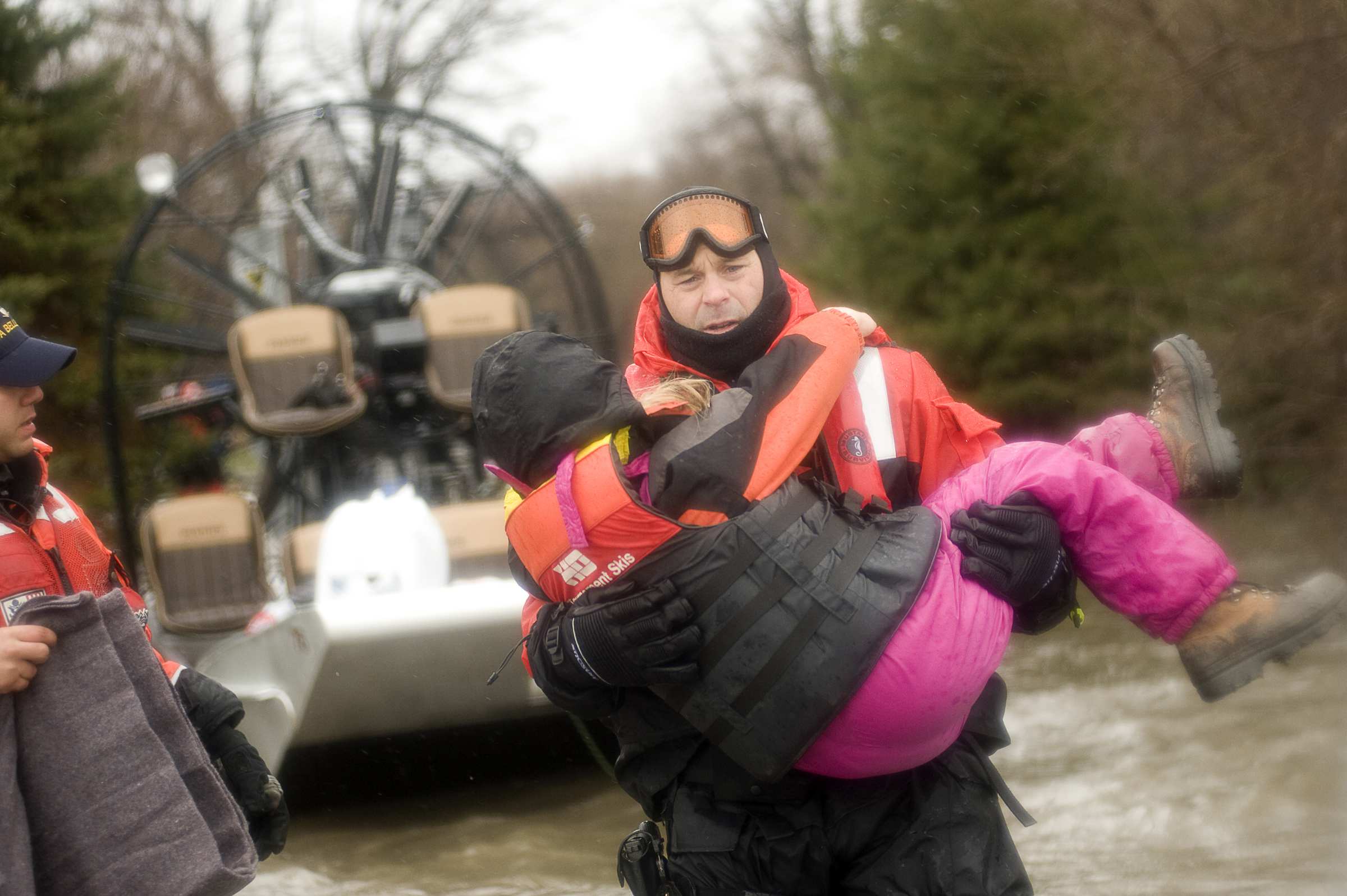Chapter 30. The Stress Response System
Learning Objectives

Describe the body’s two stress response systems.
Understand the different roles that the body’s two stress systems play in our reactions to stressful events.
Review
Review
Select the NEXT button to continue with the Review.

1. Stress changes your body. When you are threatened or challenged—such as by a major writing assignment—your body's dual-track stress response system springs into action.
Review
Review
Select the NEXT button to continue with the Review.

2. The faster track (called the fight-or-flight response) begins when the sympathetic division of the autonomic nervous system stimulates one part of the adrenal glands to release the fast-acting stress hormones epinephrine and norepinephrine (called catecholamines).
Review
Review
Select the NEXT button to continue with the Review.

3. Within seconds, heart rate and breathing rate increase, blood flows away from the digestive system and toward skeletal muscles, sensations of pain diminish, and the body releases small quantities of stored sugar and fat. This catecholamine system allows a rapid initial response to the stressor.
Review
Review
Select the NEXT button to continue with the Review.

4. In contrast, the slower track begins when the hypothalamus stimulates the pituitary gland. The pituitary releases a chemical messenger (called ACTH) into the bloodstream.
Review
Review
Select the NEXT button to continue with the Review.

5. Within a minute or two, the message reaches the outer part of the adrenal glands, triggering the release of glucocorticoid stress hormones such as cortisol. Glucocorticoids help convert protein to glucose for use as energy. They also speed up the release of stored fat to be burned as fuel.
Review
Review
Select the NEXT button to continue with the Review.

6. This glucocorticoid system provides the energy for the body to maintain a sustained effort to battle against the stressor.
Practice 1: The Fast Catecholamine System
Practice 1: The Fast Catecholamine System
Select the PLAY button to watch the fast stress response system in action.
- Chapters
- descriptions off, selected
- captions settings, opens captions settings dialog
- captions off, selected
- English Captions
This is a modal window.
Beginning of dialog window. Escape will cancel and close the window.
End of dialog window.
This is a modal window. This modal can be closed by pressing the Escape key or activating the close button.
This is a modal window.
Practice 2: The Slow Glucocorticoid System
Practice 2: The Slow Glucocorticoid System
Select the PLAY button to watch the slow stress response system in action.
- Chapters
- descriptions off, selected
- captions settings, opens captions settings dialog
- captions off, selected
- English Captions
This is a modal window.
Beginning of dialog window. Escape will cancel and close the window.
End of dialog window.
This is a modal window. This modal can be closed by pressing the Escape key or activating the close button.
This is a modal window.
Quiz
Quiz
Drag each label to the gray area in front of an appropriate description. When all the labels have been placed, select the CHECK ANSWER button.
Released from the outer part of the adrenal glands; part of the slow arousal system using messages passed through the hypothalamus and the pituitary gland.
Released from the inner part of the adrenal glands; part of the fast arousal system initiated by the sympathetic division of the autonomic nervous system.
Prepare the body for immediate "fight or flight" by speeding up heart rate and breathing, increasing blood flow to skeletal muscles, and slowing digestion.
Prepare the body for sustained effort by speeding the release of stored fat to be burned for fuel, and converting protein to glucose as another source of energy.
Conclusion
